Cells!
Cells are what make up all living things. They are self-sufficient little "cities." And different cells can be very differently shaped. This unit will give an overview of cells. We will revisit them often as we learn about other units and how their cells are shaped.
First of all, there is something called cell theory. I have my issues with it, but it is a starting point as to what cells are. There are three basic beliefs of cell theory.
Cell Theory:
All living things are made of cell(s)
Cells are the basic unit of life
All cells come from preexisting cells
There are two main types of cells. The simpler, early cells called prokaryotes and the larger, more complex cells (that make up plants and animals) called eukaryotes.
Prokaryotes Eukaryote:s
Have no nucleus Have a nucleus
Lack many structures in cell Have many organelles
Usually single celled organisms Usually multi-cellular
Simple Complex
Tiny Larger

Among the more complex eukaryotic cells, there are two major types: plants and animals. As you can see, animal cells are blobby while plant cells are rectangular (due to their cell wall). Plant cells are often green (due to the organelle called a chloroplast that helps them make energy). Sometimes plant cells have a large vacuole (dump) because they need a place to store their waste.
:max_bytes(150000):strip_icc()/animal-cells-vs-plant-cells-373375_final-5b462d7fc9e77c00375014f1.png)
A cell has little organs (called organelles) that perform the functions needed to keep them self-sustainable. Here are an assortment of them:
Cells have organelles:

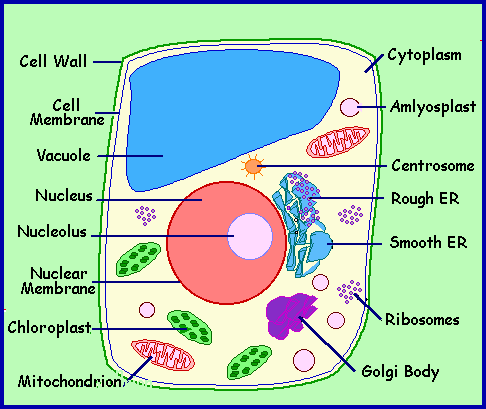
Those are some funny names. What do each of those organs do? One way to remember them is to think of the functions a city must have to be self sufficient.
The cell membrane is the border. It separates the cell / city from its surroundings. It also brings in the resources the cell needs and builds up important concentration gradients by means of various pumps. These are very important and we will revisit them later.
The cell wall provides a plant cell with structure.
The nucleus is the capital building. In it lies all the instructions the cell will need (DNA).
The endoplasmic reticulum transports / communicates the instructions out to other parts of the cell.
The ribosomes are the factories that take the instructions and produce things.
The golgi bodies (or golgi apparatus) are the stores that hold and then distribute the things the cell made.
The vacuoles are the dumps / storage for stuff the cell does not want.
The lysosomes are the recycling centers. That take bad things and break them down into building blocks to be used again.
The mitochondria are the power plants that produce energy for all the cell's functions.
The chloroplasts are used by plants to produce sugar that the mitochondria will then break down into energy.
The centrioles are used for cell division.
There are others that could be considered (nucleolus, nuclear envelope, cytoplasm, cytoskeleton, etc.), but these are the important ones.

Let's look at some more closely:
Let's begin with the cell membrane:
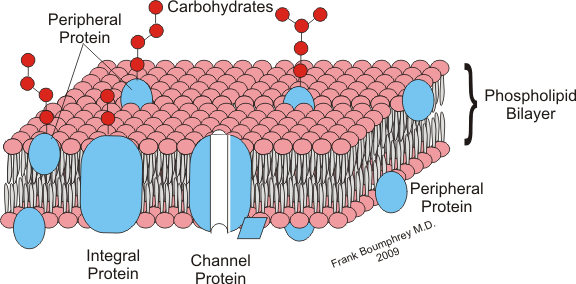
Those little jellyfish looking things are phospholipids. They have a "head" that likes water (hydrophilic) and tails that dislike water (hydrophobic). They flow and move about:
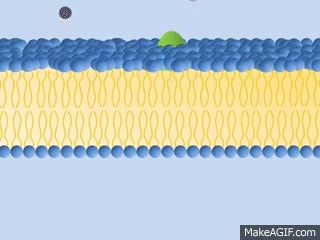
They have proteins that span the membrane (transmembrane proteins) allowing things to be moved in and out of the cell:
![Membrane Transport in Cells Symport, Antiport, Co transport [Animation] animated gif](https://j.gifs.com/oY9LGA.gif)
Some of the transmembrane proteins are passive channels, some are active pumps.
These proteins that stick out of a cell are markers that cells use to racognize other cells, so between determining what gets in and out, and being the "face" to other cells, they are very important.
Now, let's look at the power source...the mitochondria
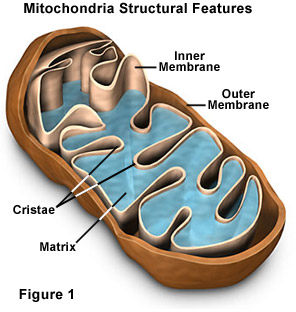
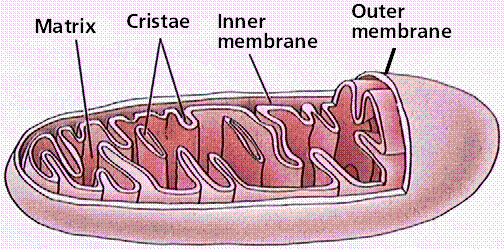
All of those folds are where the cell breaks sugar down into usable cellular energy (called ATP--Adenosine Tri Phosphate) through a process called cellular respiration. If you are curious, the cycle looks like this:


You are NOT expected to make any sense of this, I am only including it for fun.
Next up, let's look at the chloroplast, an organelle that is only found in plants:
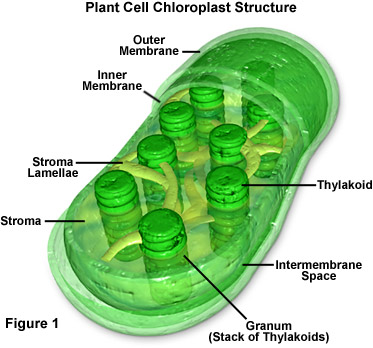
Inside those little stacks, the plant absorbs sunlight and produces sugar. For those of you who like this sort of thing, I will include that process here, but, again, you do NOT need to make any sense out of it (it would require more chemistry background than you have).
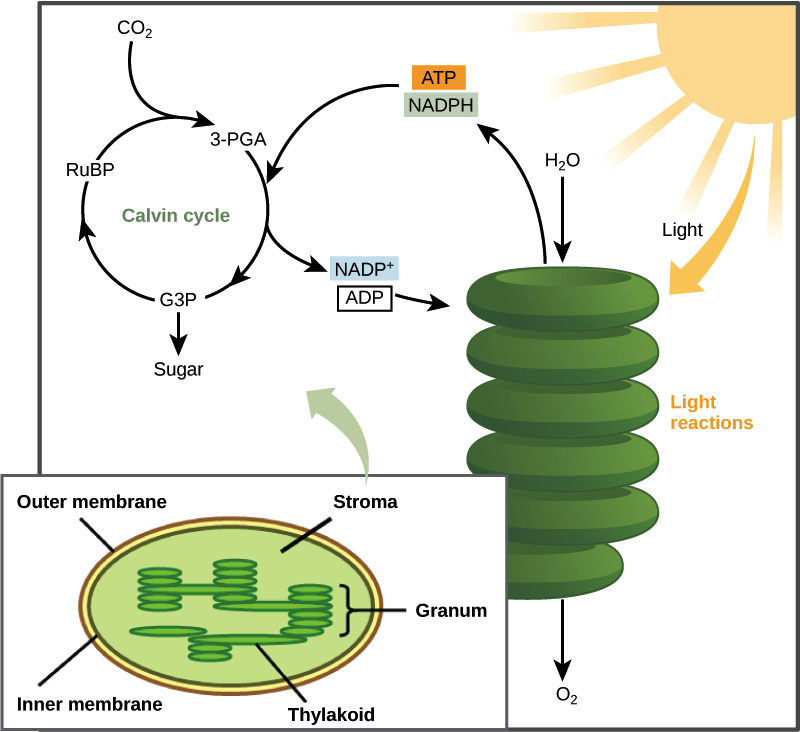
Let's look more closely at the endoplasmic reticulum:

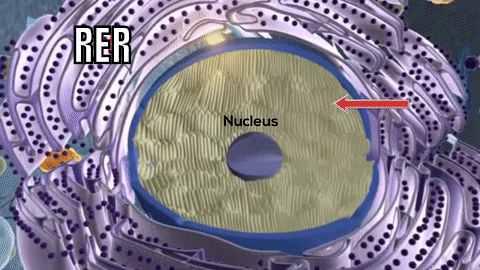
The "rough" endoplasmic reticulum has ribosomes embedded in it, the smooth ER does not.
The golgi apparatus (mall) or golgi bodies (stores) hold onto the proteins made by the ribosomes until they are needed.
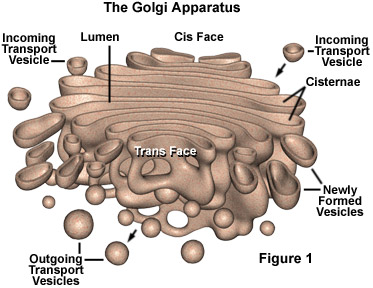
 Golgi apparatus
Golgi apparatus
The ribosomes make things (proteins) as per the instructions from the nucleus.


The centrioles help a cell divide when it is time
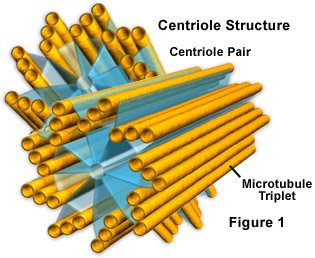

The nucleus is the boss
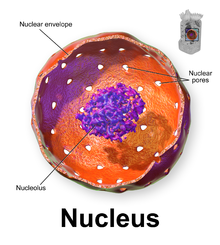
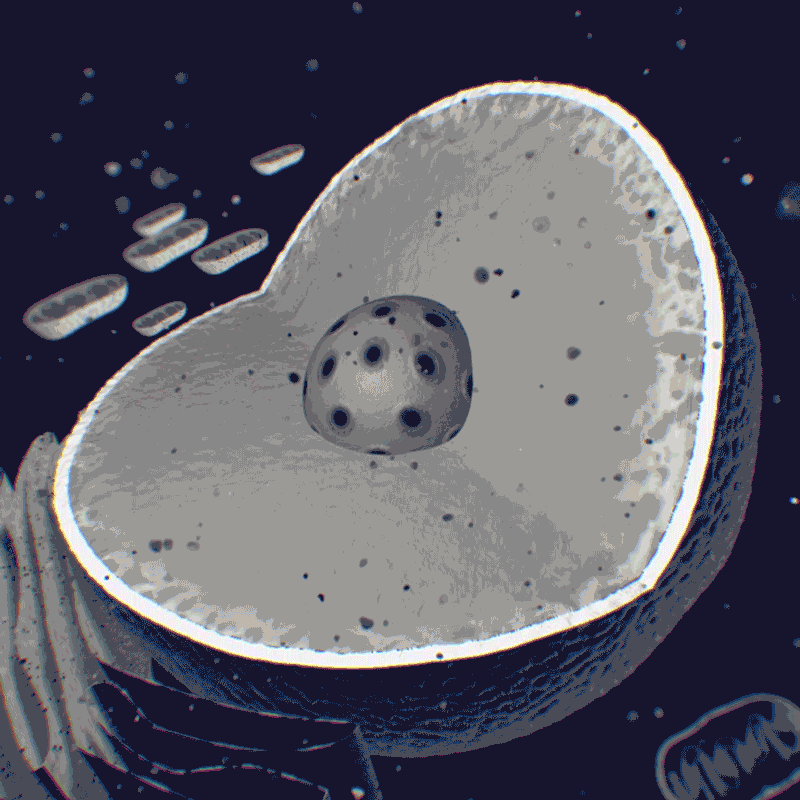
Plants have a cell wall to provide structure:
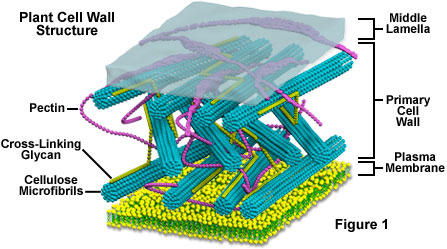
The lysosome is the recycling center of the cell:
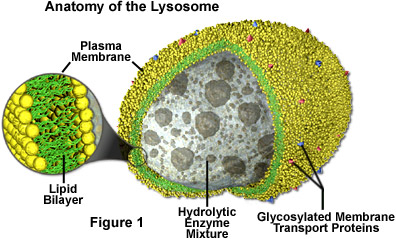

They "eat" and digest things and spit out the building blocks so your cell can make new things.


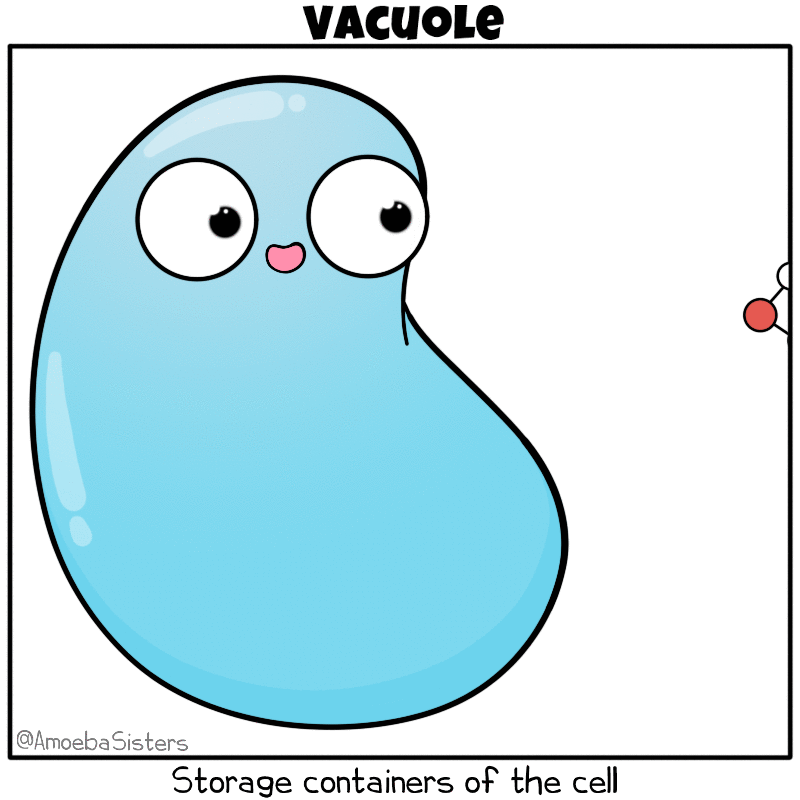
That about covers the organelles (the important ones anyway).
Moving stuff into and out of the cell requires either active transport (transmembrane proteins), or diffusion. Diffusion is what we call it when a substance goes from where it is concentrated to where it is not:
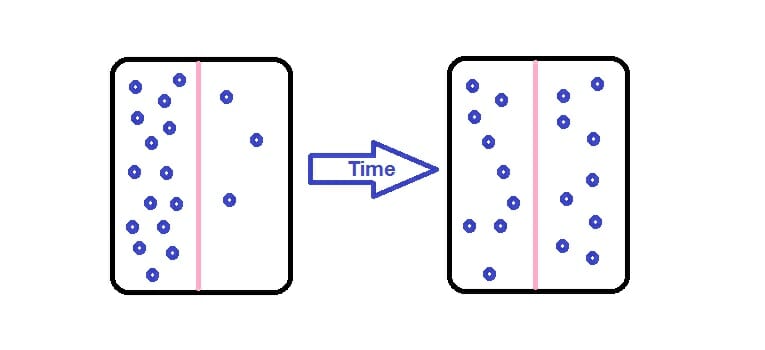
All that you need for diffusion to happen is time.
However, because the membrane is semipermeable, diffusion can get interesting:

This is because the membrane is permeable to water, but not to salts or sugars (unless there are pumps involved). This means that water can move freely across the membrane, but salts and sugars cannot. So, if you have more salt on one side, then you also have less water there, so the water flows to balance things out and you get the funky thing above. This actually is hugely important in the cellular world.
So, if you put a cell in pure water, the water would flow into the cell (and burst it). If you put a cell in very salty water, the water would flow out and the cell would shrink. Interesting, huh?
This makes cells swell and burst when placed in hypotonic solution and shrink when placed in hypertonic solution. Isotonic mean that it has the same amount of solutes as the cell.
There is a lot of information in this unit. You will need to remember cell theory, be able to compare different types of cells (prokaryotes vs eukaryotes, animal vs plant, etc.), tell me the names and functions of cell organelles, and tell me about diffusion.
